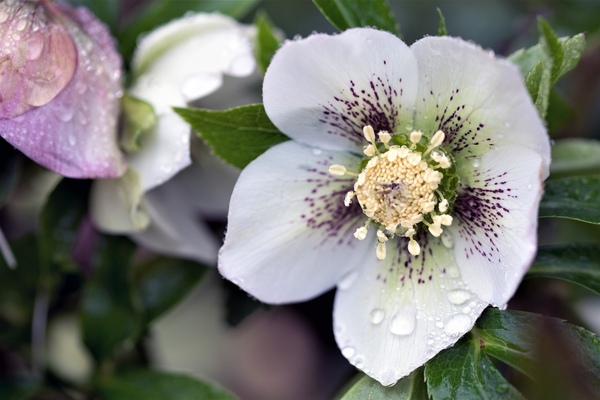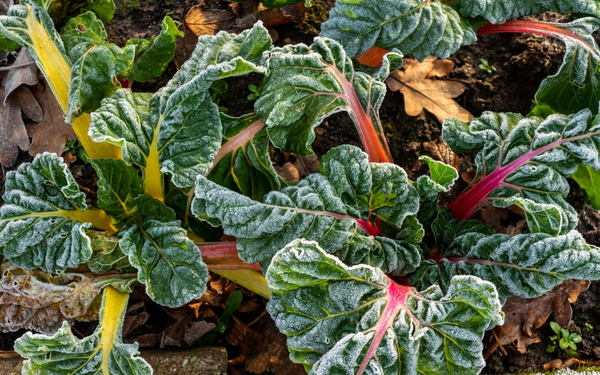When you know how to prune Wisteria, you will be able to keep it in top shape, with plentiful flowers and beautiful foliage. Wisteria is loved by so many people and graces many walls, pergolas and trellis around late spring into early summer. There are many varieties, from white to lilac and darker purple, which can also grow up arches and even trees. Once you know how to prune yours, it is really easy to care for. Just follow these steps.

Know how to prune Wisteria
Wisteria can be pruned twice a year, during the summer and again in January or February. Pruning in July or August is about cutting back the green shoots that look long and ‘whippy’ to about five leaves. Make sure to do this after it has finished flowering. Doing this means you’ll be keeping the size of the Wisteria in check so it doesn’t end up in your windows! It also encourages more flowers. Pruning in Winter means cutting back those same shoots back to three buds to give it a tidy-up.

Techniques of how to prune Wisteria
If you have an old Wisteria, you might need to prune it back harder and remove old or dead growth. You can cut back longer branches and older stems to just above and stronger younger branches. You can also cut right back to a main branch. If you are pruning hard, take your time and care, so in the end, the framework has well-spaced beaches. Hard pruning means new growth in spring. This can be done over winter.
How to prune Wisteria and train it correctly
Wisteria can grow and find its own way, but they tend to grow more flowers with regular pruning. Growing up a wall means it will need some support, such as galvanised steel wires placed horizontally or over pergolas where the flowers can hang above your head. They can even be grown into trees, but pruning can be tricky, and flowering may be less if the tree canopy is dense—plant on the south side of the tree about 1m away from the trunk.
Now you know how to prune Wisteria, which variety to grow?
Most commonly, you will see the blueish-lilac varieties, but there are white, pink and purple varieties as well, and many have a wonderful fragrance as well.
- Most climb by twining around the support, but Wisteria floribunda twines clockwise, and Wisteria sinensis climbs clockwise.
- The most common is the Wisteria sinensis, and ‘Prolific’ is the most popular.
- Others include Wisteria sinensis ‘Amethyst’, Wisteria floribunda ‘Domino’ and Wisteria brachybotrys ‘Showa-beni', which is pink and white.
Choose from our selection of Wisteria and tools to prune them when you visit us in store.




